Introduction
In the vast culinary landscape, where dishes from every corner of the world compete for attention, simple yet flavorful recipes often stand out. One such dish that combines the essence of the sea with the comfort of home-cooked meals is Onion and Clam Scrambled Eggs. This delightful combination not only tantalizes the taste buds but also offers a nutritious meal that can be prepared in a jiffy. Whether you’re a seasoned chef or a novice in the kitchen, mastering the art of cooking Onion and Clam Scrambled Eggs can elevate your culinary skills and impress your loved ones.
This article aims to provide a comprehensive guide to crafting this delightful dish, from selecting the freshest ingredients to perfecting the cooking technique. By the end, you’ll be equipped with the knowledge and skills necessary to create a plate of Onion and Clam Scrambled Eggs that’s both visually appealing and bursting with flavor.
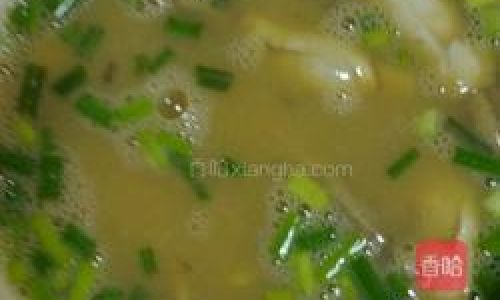
Ingredients: A Foundation of Freshness
Before diving into the cooking process, let’s discuss the ingredients you’ll need. The quality of your ingredients is crucial in determining the final outcome of your dish. Here’s a detailed breakdown:
-
Eggs: Freshness is key when it comes to eggs. Opt for free-range or organic eggs if possible, as they tend to have a richer flavor and better texture. You’ll need approximately 3-4 eggs per serving.
-
Onions: Sweet onions, such as Vidalia or Walla Walla, add a caramelized sweetness to the dish. However, yellow or white onions can also be used if you prefer a stronger onion flavor. One medium-sized onion should suffice.
-
Clams (specifically sea clams or geoduck clams for a luxurious touch): Fresh, live clams are essential. Look for clams with tightly closed shells or those that close promptly when tapped. About a half-pound of clams, shucked and cleaned, will be perfect for this recipe.
-
Butter and Olive Oil: A combination of butter and olive oil provides the perfect balance of richness and flavor for sautéing the vegetables and cooking the eggs. Use unsalted butter to better control the seasoning.
-
Salt and Pepper: Seasoning is crucial. Use sea salt and freshly ground black pepper to enhance the flavors of the dish.
-
Fresh Parsley or Chives: A sprinkle of fresh herbs adds a burst of color and freshness to your scrambled eggs.
-
Garlic (optional): A clove of minced garlic can add an extra layer of flavor, but be cautious not to overpower the delicate clam taste.
-
White Wine (optional): A splash of dry white wine can deglaze the pan and add a sophisticated touch to your dish.

-
Lemon Juice (optional): A squeeze of fresh lemon juice can brighten up the flavors and balance the richness of the butter and eggs.
Preparation: The Art of Organization
Before starting to cook, take a few minutes to prepare your ingredients. This not only ensures a smoother cooking process but also helps maintain a clean and organized kitchen. Here’s what you need to do:
- Peel and finely chop the onion.
- If using garlic, peel and mince it.
- Crack the eggs into a bowl and whisk them until the yolks and whites are fully combined. Add a pinch of salt and pepper to the eggs.
- Clean the clams thoroughly. If using shucked clams, make sure to rinse them under cold water to remove any sand or debris.
- Chop the fresh herbs finely.
- Measure out the butter and olive oil.
- Have all your seasoning and optional ingredients ready on the counter.
Cooking Step-by-Step: Bringing It All Together
Now that you’ve gathered and prepared your ingredients, it’s time to cook. Follow these steps carefully to create a perfect plate of Onion and Clam Scrambled Eggs.
Step 1: Sautéing the Vegetables
-
Heat a non-stick skillet over medium heat. Add a tablespoon of olive oil and a tablespoon of butter to the pan. Allow the butter to melt and bubble, but be careful not to let it brown.
-
Add the chopped onion to the pan and sauté until it becomes translucent and starts to caramelize, about 5-7 minutes. If using garlic, add it to the pan in the last minute of sautéing the onion to prevent it from burning.
-
Season the sautéed vegetables lightly with salt and pepper.
Step 2: Cooking the Clams
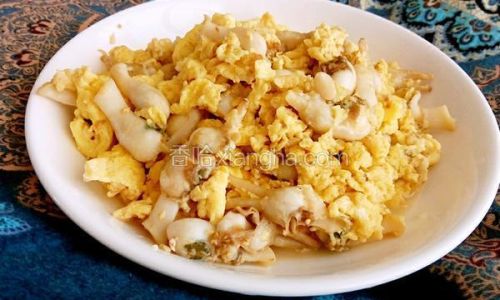
-
Once the onion is caramelized, add the cleaned clams to the pan. If using shucked clams, their juices will add extra flavor to the dish. If using whole clams, cover the pan and steam them until they open, about 3-5 minutes. Discard any clams that do not open.
-
If you’re adding white wine, pour a splash into the pan and deglaze it by scraping up any browned bits from the bottom. Allow the wine to cook for a minute or two until it reduces slightly.
Step 3: Adding the Eggs
-
Pour the whisked eggs into the pan with the onions and clams. Stir gently but continuously with a spatula to create soft, creamy curds.
-
Cook the eggs until they are just set but still slightly runny. This should take about 2-3 minutes, depending on your preference for doneness. Remember, scrambled eggs continue to cook from residual heat after being removed from the stove, so err on the side of undercooking slightly.
Step 4: Finishing Touches
-
Once the eggs are cooked to your liking, remove the pan from heat. Add a squeeze of fresh lemon juice if using, and stir gently to incorporate.
-
Sprinkle the chopped fresh herbs over the top of the scrambled eggs. This not only adds a burst of color but also a fresh, aromatic flavor.
-
Taste the dish and adjust the seasoning with additional salt and pepper if necessary.
Serving: Presentation is Key
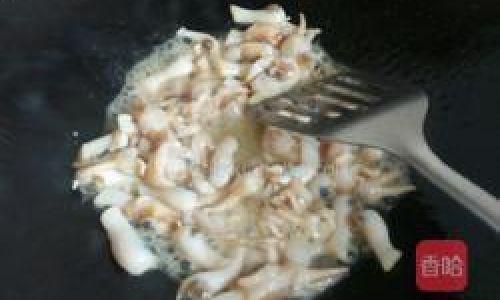
Serving your Onion and Clam Scrambled Eggs on a warm plate not only keeps the food hotter for longer but also enhances its presentation. Garnish with a few extra sprigs of fresh herbs and a wedge of lemon on the side. Pair it with a slice of toasted bread or a side of crusty baguette to soak up any delicious juices.
Storage: Keeping the Magic Fresh
If you have leftovers, store them in an airtight container in the refrigerator for up to 2 days. Reheat gently in the microwave or on the stove to avoid overcooking and drying out the eggs.
Conclusion: A Culinary Journey
Cooking Onion and Clam Scrambled Eggs is not just about following a recipe; it’s a journey that involves selecting the freshest ingredients, mastering cooking techniques, and paying attention to detail. By following this guide, you’ve embarked on a culinary adventure that has taken you from the market to the kitchen, transforming simple ingredients into a delightful dish that’s both comforting and sophisticated.
Remember, cooking is an art form that requires practice and patience. Each time you make Onion and Clam Scrambled Eggs, you’ll learn something new, whether it’s the perfect timing for sautéing onions or the ideal consistency for scrambled eggs. Embrace these learning experiences and let your creativity shine. Who knows? You might just discover your own unique twist on this classic dish.
So, the next time you’re in the mood for a flavorful, nutritious meal that’s quick and easy to prepare, reach for those fresh eggs, sweet onions, and succulent clams. With a bit of practice and a love for cooking, you’ll soon be mastering the art of Onion and Clam Scrambled Eggs, delighting your taste buds and impressing your guests with every bite. Bon appétit!
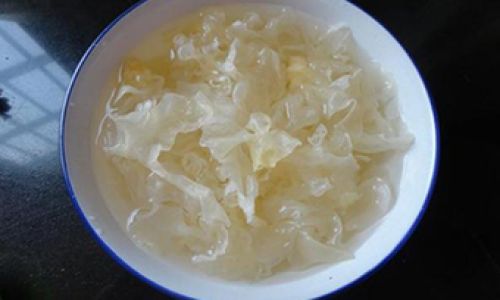
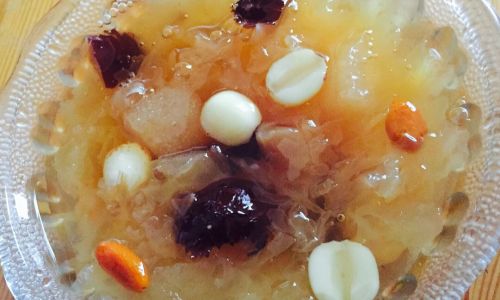
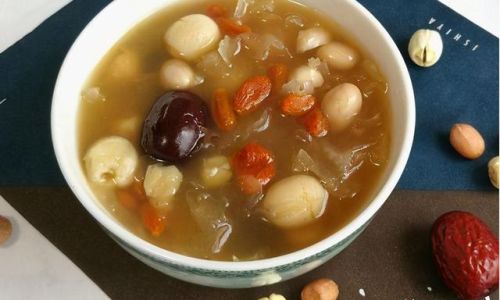
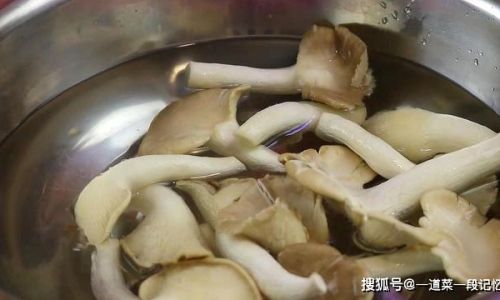
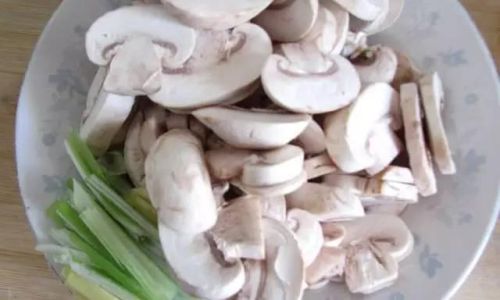
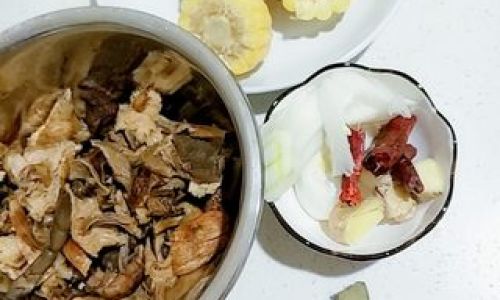
0 comments